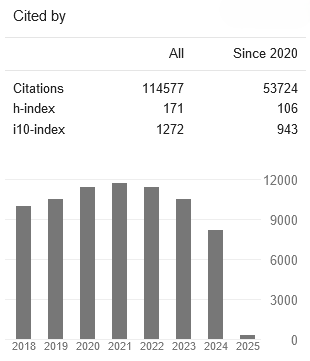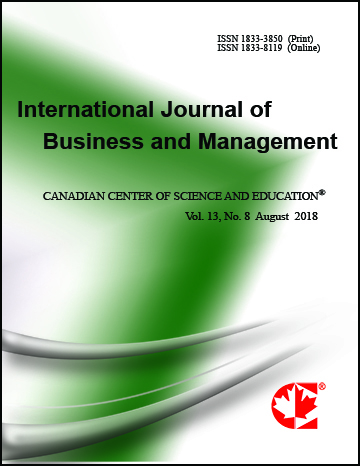Between Similarity and Belonging: How Age-related Individual and Contextual Factors Shape Perceived Conflict at Work
- Luca Giorgio
- Alessia Sammarra
- Laura Innocenti
- Silvia Profili
Abstract
Drawing on social identity theory (SIT) and socioemotional selectivity theory (SST), this study investigates how age similarity preference (ASP), age diversity climate (ADC), chronological age, and organizational identification influence perceived conflict in the workplace. Results from 375 employees of an Italian technology company reveal that employees who prefer working with age-similar colleagues tend to report higher levels of conflict, whereas those who perceive a more positive age diversity climate report lower levels of conflict. The age similarity preference -conflict association is stronger among older employees, consistent with heightened sensitivity to age-based identity cues. Organizational identification moderates this relationship: when identification is low, age similarity preference more strongly predicts conflict; when identification is high, the association is nonsignificant, indicating a buffering effect. Contrary to expectations, age diversity climate conflict-reducing effect is more pronounced among younger workers, although it remains beneficial across age groups. Overall, the findings suggest that fostering a strong sense of organizational identification and cultivating an inclusive age diversity climate can help reduce perceived conflict, improve intergenerational relations, and promote workplace harmony. These insights offer valuable implications for organizations seeking to effectively manage age-diverse workplace.
- Full Text:
 PDF
PDF
- DOI:10.5539/ijbm.v20n5p269
Journal Metrics
Google-based Impact Factor (2023): 0.86
h-index(2023): 152
i10-index(2023): 1168

Index
- Academic Journals Database
- ACNP
- AIDEA list (Italian Academy of Business Administration)
- ANVUR (Italian National Agency for the Evaluation of Universities and Research Institutes)
- Berkeley Library
- CNKI Scholar
- COPAC
- EBSCOhost
- Electronic Journals Library
- Elektronische Zeitschriftenbibliothek (EZB)
- EuroPub Database
- Excellence in Research for Australia (ERA)
- Genamics JournalSeek
- GETIT@YALE (Yale University Library)
- IBZ Online
- JournalTOCs
- Library and Archives Canada
- LOCKSS
- MIAR
- National Library of Australia
- Norwegian Centre for Research Data (NSD)
- PKP Open Archives Harvester
- Publons
- Qualis/CAPES
- RePEc
- ROAD
- Scilit
- SHERPA/RoMEO
- Standard Periodical Directory
- Universe Digital Library
- UoS Library
- WorldCat
- ZBW-German National Library of Economics
Contact
- Stephen LeeEditorial Assistant
- ijbm@ccsenet.org
